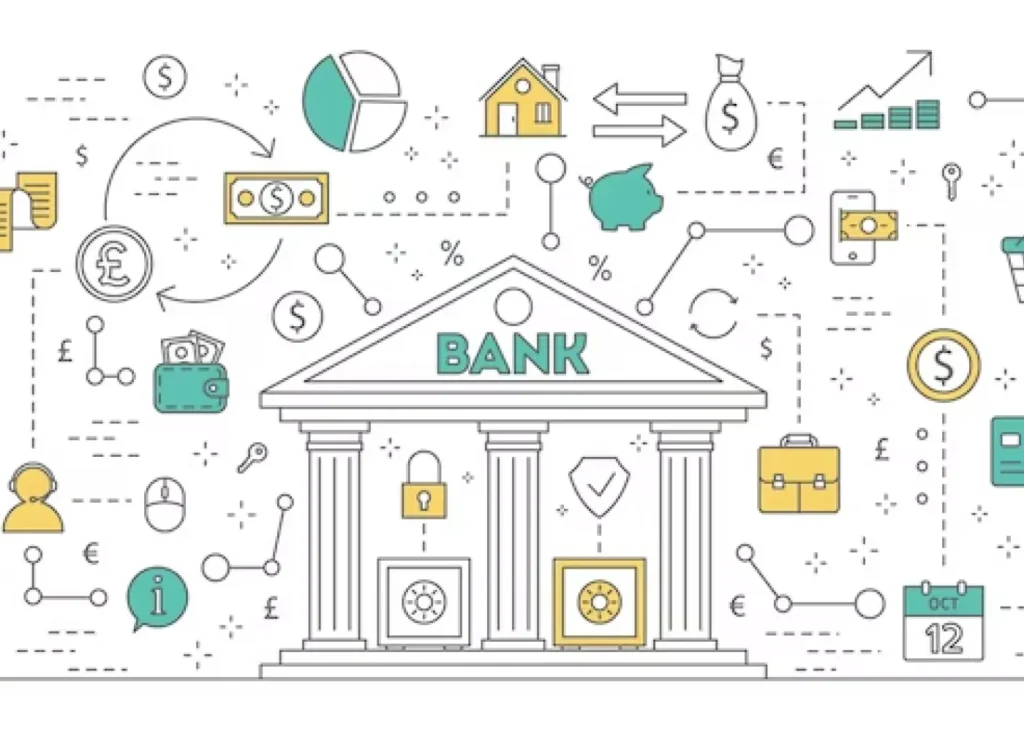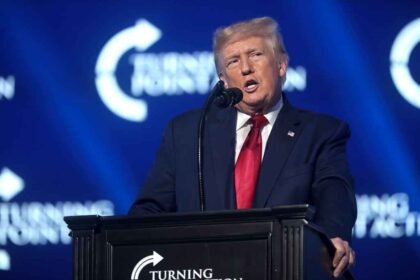What Is a Bank Draft ?
A banker’s draft is a cheque sent to a bank customer or obtained from a bank for transfer purposes that is written by the bank and payable by or at a bank. A standard check is an instruction to move funds from the drawer’s bank to the payee’s bank.
A standard check is an instruction to move funds from the drawer’s bank to the payee’s bank. When the payee puts the money into their account, it is verified as legitimate (or ‘cleared,’ a procedure that often takes a few days) and the transfer of funds is completed (usually through a clearing house or similar mechanism). Any individual or corporation with a current account (or checking amount) has the authority to draw checks on the funds in that account.
It is, however, impossible to determine whenever the cheque will be posted once it has been drawn. Because the money indicated by a cheque is not transmitted until the cheque has been submitted and cleared, the drawer’s bank may not have enough cash to fulfil it cheque whenever the transfer of funds occurs. Because this rejected or ‘bounced’ check is now meaningless and the person who received it receive no money, cheques are less safe than cash.
How a Bank Draft Works ?
First, the person making the payment requests a bank draft from their financial institution. After the application has been submitted, the bank checks the individual’s account to see if there are enough funds to transfer.
If there are sufficient funds in the individual’s account, the bank authorises the request, withdraws money from the individual’s account, and produces a bank draft for the corresponding amount. The money withdrawn from the individual’s account are normally transferred to the bank’s reserve account until the recipient presents the draft for payment.
Bank drafts are normally charged a nominal fee. Most banking accounts, however, include a set amount of free drafts from banks per year.
The bank draft is presented in the shape of an agreement and is drawn in the name of the person who will deposit and receive the funds. The person who purchases the banker’s draft has accountability for ensuring that it gets delivered to the payer.
When the payee produces the bank draft for making a payment, the name on the banker’s draft is used to verify his or her identification. The monies are placed into the payee’s account following the identity verification process. The payments can take up to 1-4 days for business to process.
Advantages and Disadvantages of a Bank Draft
Every payment method has advantages and disadvantages. Here are the benefits and drawbacks of bank drafts.
Advantages :
There are numerous advantages when using a bank draft, such as:
- Payments are guaranteed by a reputable bank.
- There is not a limit or maximum amount.
- Available in a variety of foreign currencies
These advantages make bank drafts a preferable form of transaction than a cheque or money order, while they even provide some latitude when it comes of the price and currencies type.
Disadvantages :
Despite these benefits, there are several disadvantages when employing a bank draft, which include:
- Additional costs may be imposed on the individual making the payment.
- Every draft is a tangible document that might be misplaced or stolen.
- Obtaining a bank draft can be a time-consuming operation.
Bank drafts give an extra layer of security, but they might delay down the sales process. However, if firms use banker’s draft sparingly, they might be useful for completing particularly big transactions.
What makes a bank draft, a certified cheque, and a money order different?

Bank draft vs. check
A personal cheque is written by the customer. Business owners have no means of knowing whether there is sufficient funds in the payer’s account, and the cheque may bounce. A draft, on the other hand, is supported by the consumer’s bank, which already withdrew the required amounts. As a result, banker’s draft are a more dependable payment method than traditional checks.
Bank draft vs. certified check
A certified cheque, like a bank draft, works in the same way that the bank ensures that the funds is in the account of the consumer. A certified cheque, on the other hand, only ‘freezes’ or keeps the funds securely until the cheque is cashed, but a banker’s draft completely takes the money to secure payment. Furthermore, a banker’s draft does not require a customer’s identification but has been signed by a bank representative, increasing security. A certified cheque, on the other hand, requires the customer’s signature, which the bank adds the phrase ‘certified’ to.
Bank draft vs. money order
Banks and other financial organizations also guarantee money orders, albeit they can only be made for a maximum of $999.99. A money order does not require a bank account and can be obtained from the post office in your area. banker’s draft have no such restrictions, making them excellent for large purchases. It is vital to understand that money transactions can be cancelled and returned if they have not already been withdrawn, however banker’s draft cannot.
How to Cancel a Bank Draft ?
A bank draft can be challenging to cancel because the money have already been transferred from the buyer’s account to the bank’s reserve account. If the bank can prove that the banker’s draft was not cashed out by the payee, it may agree to revoke the banker’s draft and return the buyer’s account.
If the bank draft gets ruined or stolen before it has been sent to the payee, the buyer can visit their bank and obtain a replacement draft while cancelling the old one. Similarly, if the exchange is cancelled for any cause, the buyer can ask the bank to revoke the draft, unless the payee has already paid it out.
Is a bank draft as good as cash ?
In many circumstances, a bank draft is preferable to cash. The bank’s assurance means you can be confident you’ve received a legal banker’s draft, and that you can contact the bank using the details on the cheque itself if you have any issues.
A draft is frequently more secure than holding a significant sum on hand following a large purchase by a customer. Furthermore, bank drafts can be produced in a range of foreign currencies, making them a good choice for international transactions.
Bank drafts, on the other hand, are as trustworthy as the financial organisations that issue them. A bank’s finances may be drained, rendering it unable to honour outstanding drafts.
Fortunately, the majority of major banks are FDIC-insured, which protects them from insolvency or insufficient money.
Bank drafts are real-world papers. They, like cash, can be misplaced, harmed, or stolen. The person receiving the draft might avoid this by transferring the monies as soon as possible into their account.









